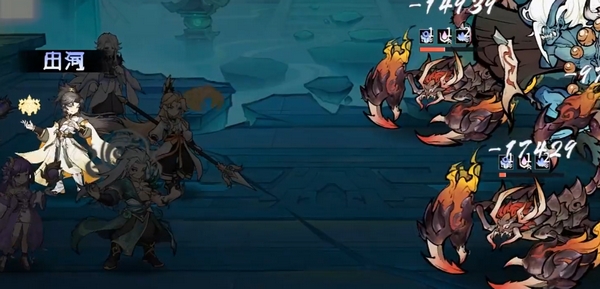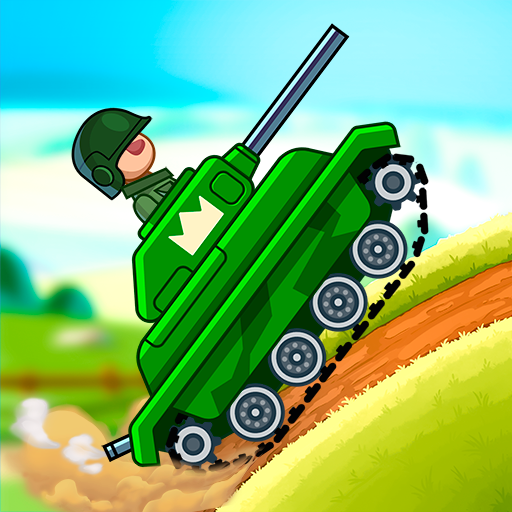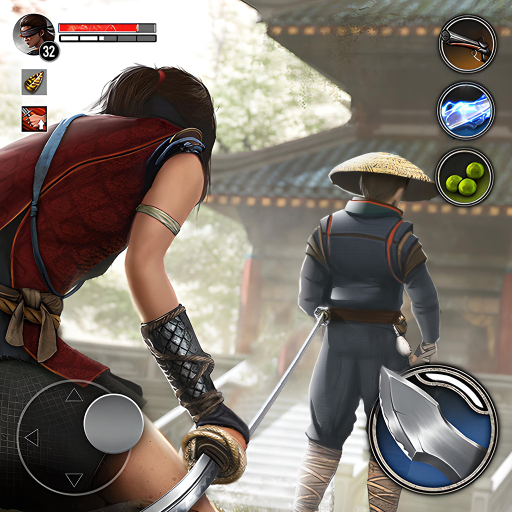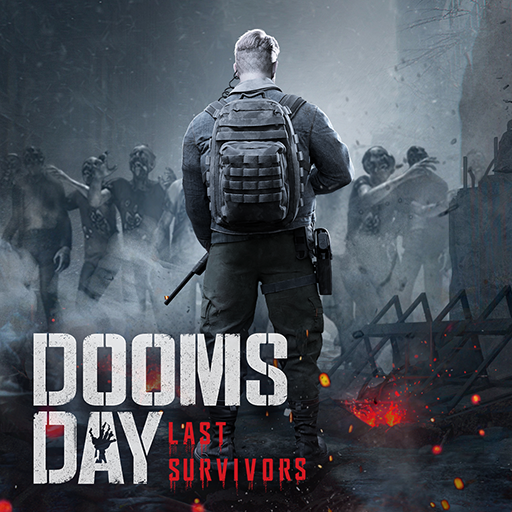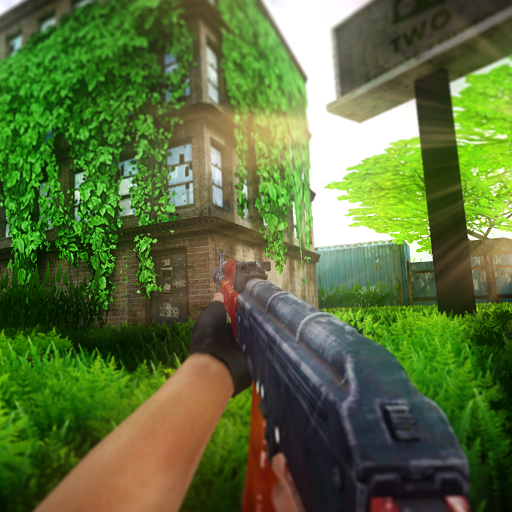In the many modes of Kalebooster, the Biohazard mode, with its intense combat rhythm and highly variable tactical demands, has become an important challenge that many players repeatedly take on. Today, I will introduce the Biohazard mode of Kalebooster. This mode integrates traditional shooting gameplay with asymmetric confrontation mechanisms, not only testing the player's shooting skills but also emphasizing teamwork, the use of character abilities, and understanding of map resources.
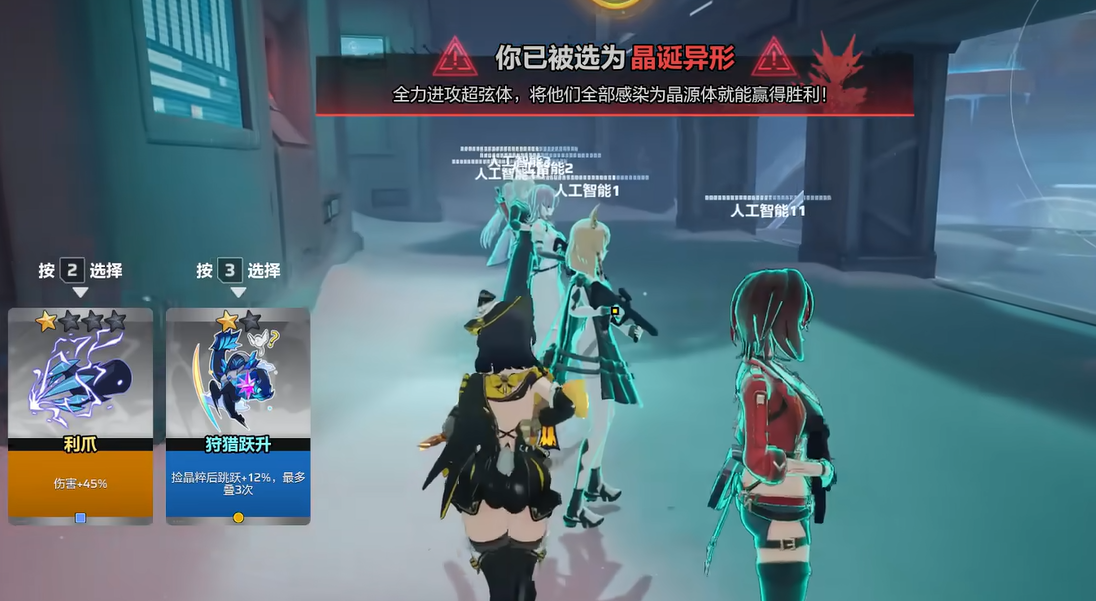
After the Biohazard mode starts, players are randomly assigned to either the "Human" or "Biohazard Ghost" faction by the system. The goal for the Human side is to survive within a set time limit, avoiding infection. On the other hand, the Biohazard Ghosts need to actively attack and infect all humans. In the early stages of the game, there are usually fewer Biohazard Ghosts, but as infections progress, their numbers will increase, making the battle situation more intense.
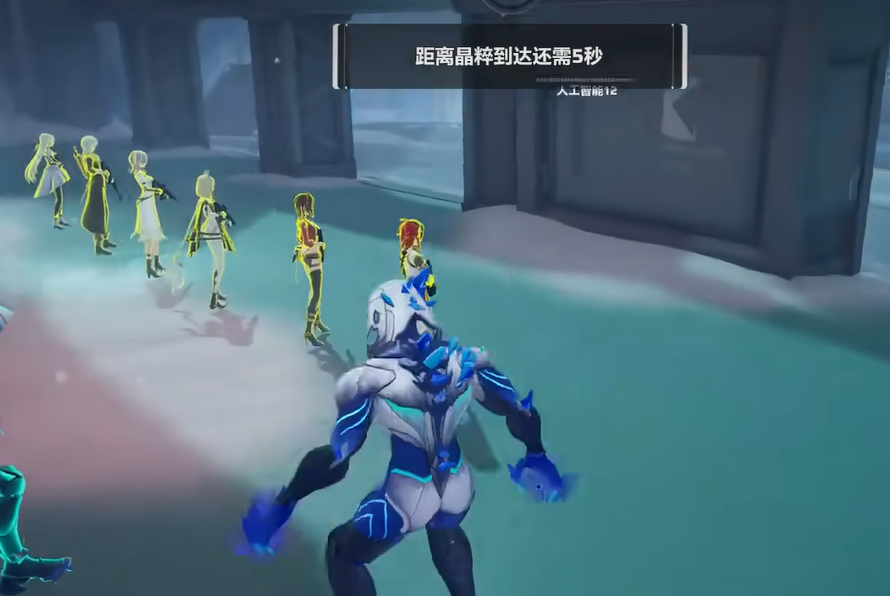
In this mode, choosing the right Hyperstring character is significant. The differences in abilities among characters greatly affect the course of the battle. It is recommended that the Human faction consider a "combination of offense and defense" when forming teams: one character with control or defensive abilities can effectively slow down the offensive pace of the Biohazard Ghosts, while another can be responsible for clearing breaches or covering retreats, thereby increasing overall survival rates. Rational division of labor and clear responsibilities are key to whether the Human faction can hold out until the end.
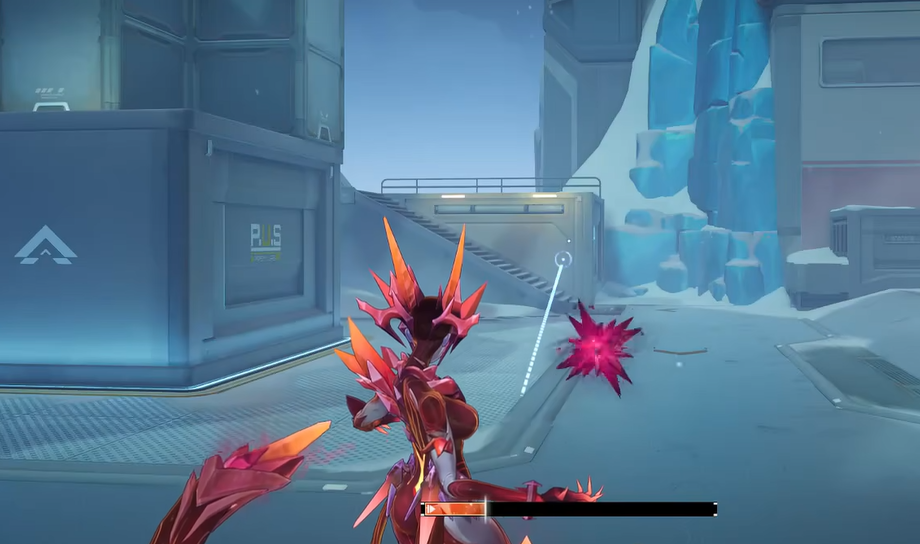
The map environment is another variable that cannot be overlooked in this mode. Kalebooster offers several uniquely designed maps in the Biohazard mode, each containing multiple critical areas for defense or ambush. For example, the "Abandoned Factory" features a complex network of passages, structures with varying heights, and numerous hiding spots, allowing humans to establish relatively stable defenses through strategic positioning and information sharing; whereas Biohazard Ghosts need to rely on high mobility and ambush techniques, flanking or distracting the enemy, to find openings.
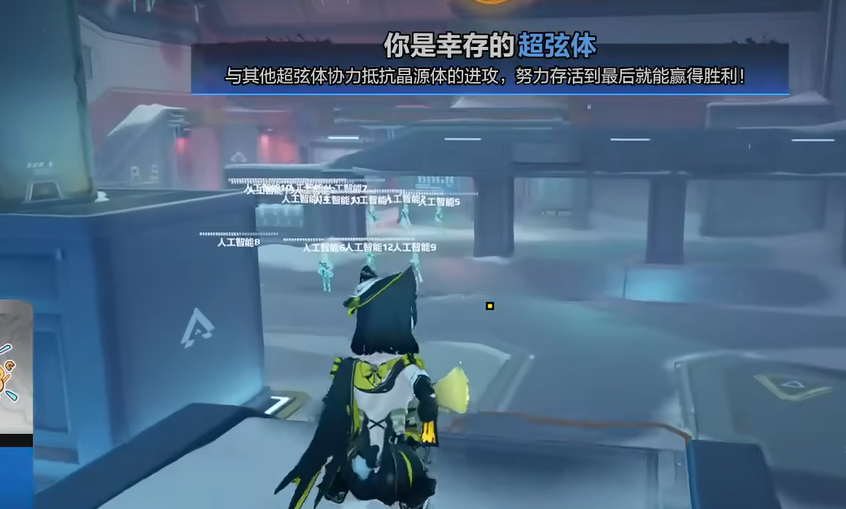
It is worth noting that the environment in the map is not static. During the game, certain areas will gradually become infected, which not only forces humans to change their defensive positions but also provides new offensive routes for the Biohazard Ghosts. Players need to constantly monitor the changes in the situation and flexibly adjust their tactics, avoiding being overwhelmed by over-relying on a single stronghold.
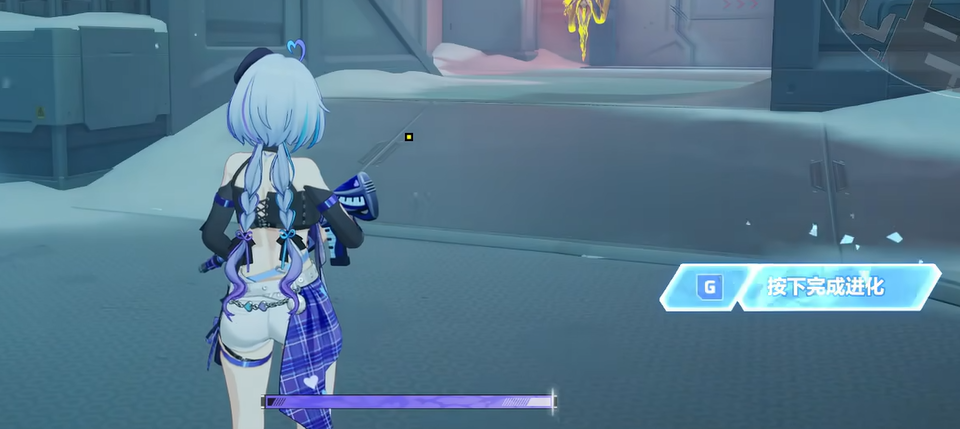
Moreover, the Biohazard mode supports free switching between 2D and 3D perspectives, providing higher operational freedom for players of different styles. A 3D perspective is more conducive to precise shooting and observing local details, suitable for breakthroughs or close-range combat. In contrast, a 2D perspective helps in quickly grasping the overall situation, improving the ability to judge enemy movements. Properly utilizing perspective switching is an important means of enhancing operational efficiency.
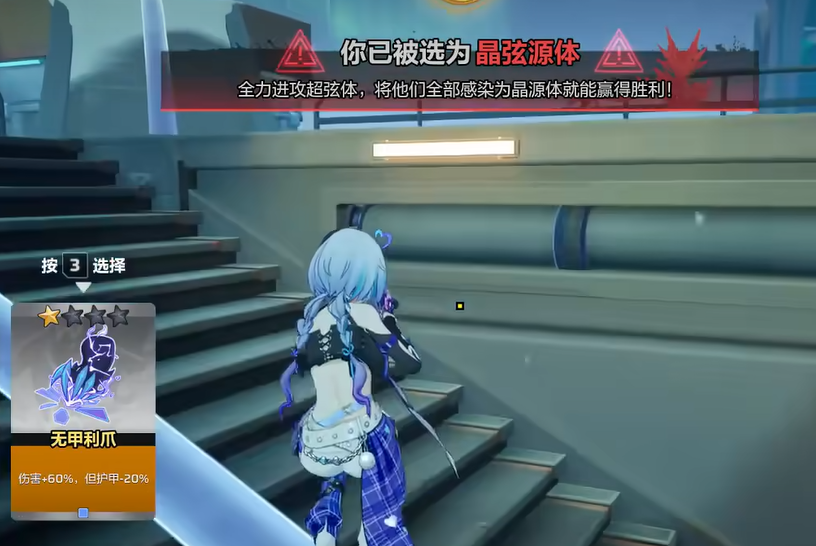
This concludes the introduction to the Biohazard mode of Kalebooster. The Biohazard mode of Kalebooster not only provides a multi-dimensional competitive experience but also sets higher requirements for players' tactical literacy. Whether you prefer individual operations or team collaboration, this mode can offer extremely challenging matches. I hope this content can provide you with some reference in the game, helping you better understand the core mechanics of the Biohazard mode and develop more effective counter-strategies.

